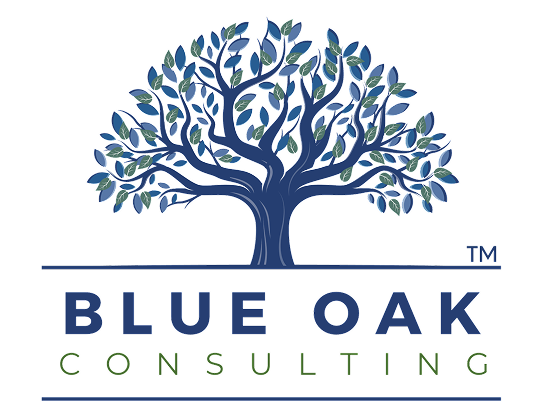A modern guide to outperforming uncertainty with the right tools, technology, and tactics.
In manufacturing, reacting isn’t a plan—it’s just surviving the day. The companies that grow—especially in a volatile market—aren’t just making things more efficiently. They’re planning smarter, earlier, and more intentionally.
If you’re a small manufacturer trying to compete while dealing with tight margins, shifting demand, and tech disruption, strategic planning isn’t optional—it’s your edge.
Why Planning Beats Scrambling
Running a business without a plan is like trying to steer a forklift blindfolded. Strategic planning gives you:
- Clear direction
- Smarter resource allocation
- The ability to adapt before the market forces you to
And it works—businesses that plan strategically are 50% more likely to outperform their competitors.
The Tools That Turn Insight into Action
These tools aren’t trendy. They’re timeless. And when used together, they give manufacturers a real advantage:
SWOT Analysis
Spot your internal strengths and weaknesses, and your external opportunities and threats. It’s a simple way to clarify where you stand—and where you’re vulnerable.
Example: Your process quality might be a strength. But if your machinery is aging, that’s a weakness you’ll want to tackle before it becomes a bottleneck.
Balanced Scorecard
This tool connects your long-term vision to everyday activity. It tracks four critical areas:
- Financial health
- Internal processes
- Customer satisfaction
- Team development
Use it to make sure what’s happening on the floor actually supports your strategic goals.
Scenario Planning
This isn’t about predicting the future—it’s about preparing for multiple versions of it. Build scenarios like “supplier disruption,” “cost spike,” or “surge in demand” and create flexible responses for each.
Porter’s Five Forces
Understand where your competitive pressure comes from. Are new competitors entering the space? Are your buyers or suppliers gaining leverage? This tool helps you see the bigger picture so you’re not blindsided.
Why Technology Is Now a Strategic Partner
Data isn’t just for the finance team anymore. The right technology helps you turn instinct into informed action:
- ERP systems: Keep every department aligned and your data centralized
- Analytics tools: Spot patterns and opportunities before they’re obvious
- AI + machine learning: Improve forecasting, optimize production, and reduce waste
The goal isn’t automation—it’s anticipation.
8 Practical Steps to Put Strategy in Motion
- Start with a clear-eyed review using SWOT and market data
- Set SMART goals tied directly to your business priorities
- Pick the tools that fit your team and operation
- Create action plans with owners, deadlines, and budgets
- Loop in your stakeholders—from floor supervisors to suppliers
- Use real-time data to guide adjustments
- Track progress with scorecards and KPIs
- Make improvement a habit, not a project
Strategic planning works best when it becomes part of how you operate—not just something you revisit once a year.
Manufacturers Don’t Need More Meetings. They Need a Map.
Strategic planning isn’t about theory—it’s about visibility and control. You can’t eliminate uncertainty, but you can decide how prepared you’ll be for it.
The manufacturers who win aren’t the ones with the biggest budgets. They’re the ones who know where they’re going—and have a plan to get there.
Learn more at blueoakconsulting.net





